A tumulus has two parts, the entrance hall (dromos) and the funeral chamber (tholos). This tumulus is from the Bronze Age (15oo – 1200 BC).
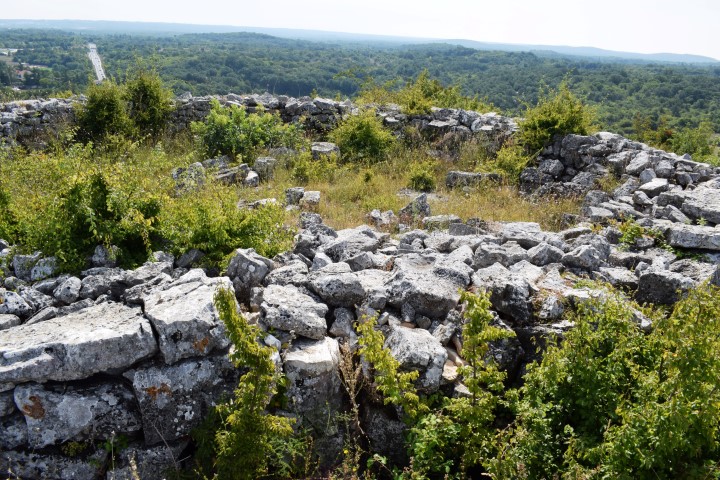
Name: Tumulus Maklavun
Place: Putini – (Kanfanar)
Coordinates: 45.1085 N – 13.7523 E
A tumulus has two parts, the entrance hall (dromos) and the funeral chamber (tholos). This tumulus is from the Bronze Age (15oo – 1200 BC).

Name: Tumulus Maklavun
Place: Putini – (Kanfanar)
Coordinates: 45.1085 N – 13.7523 E
In 1953 remains were found from prehistoric times, and it became clear that the cave was inhabited in the Neolithic, Eneolithic and Bronze Age (11.000 BC -600 BC).
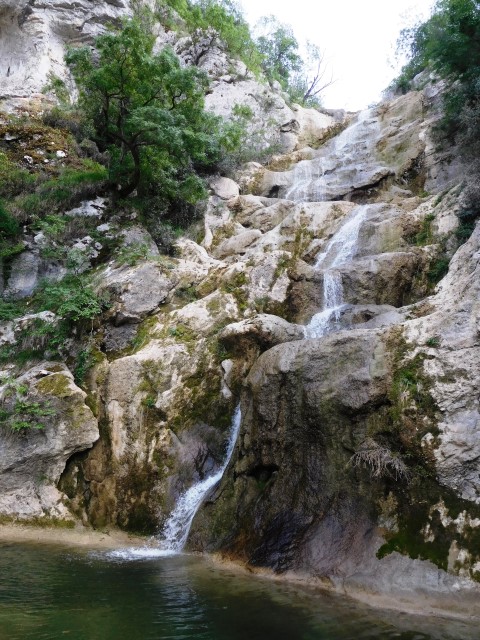
[
Name: Cingarela waterfalls and caves
Place: Momjan – (Buje)
Coordinates entrance path left side of river Ardila: 45.43585 N – 13.67597 E , Caves and Waterfall. 45.43566 N – 13.68462 E.
On the hill Gradina Vintijan are the ruins of a hill-fort with a former diameter of about 100 meters. This settlement is from the Histri-period (Iron-Age). The pictures with a view on the Veruda-bay and Pula are from the top of this hill.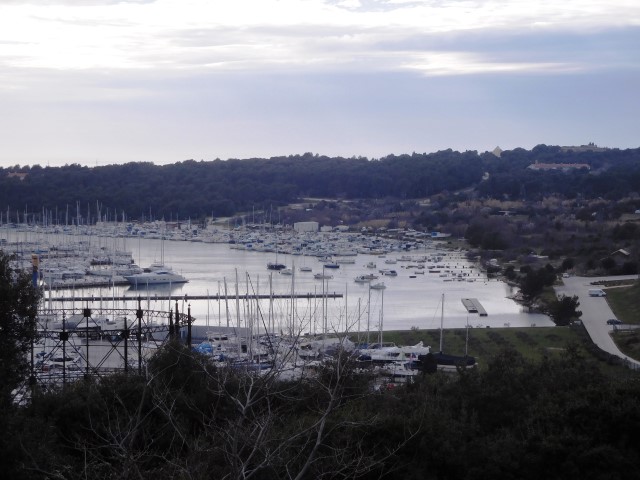
Name: Prehistoric settlement
Place: Gradina Vintijan – (Medulin)
Coordinates: 44.84668 N – 13.85479 E
This tower is located on a 105 meter high plateau between Rovinj and Rovinjsko Selo with a nice overview over the surroundings was part of a prehistoric fortress. Destroyed and rebuilt several times. In the Middle Ages was called Torre di Baroso and belonged to a feudal Lord Boris. Then the fortress was abandoned and seriously damaged during the 2nd World War.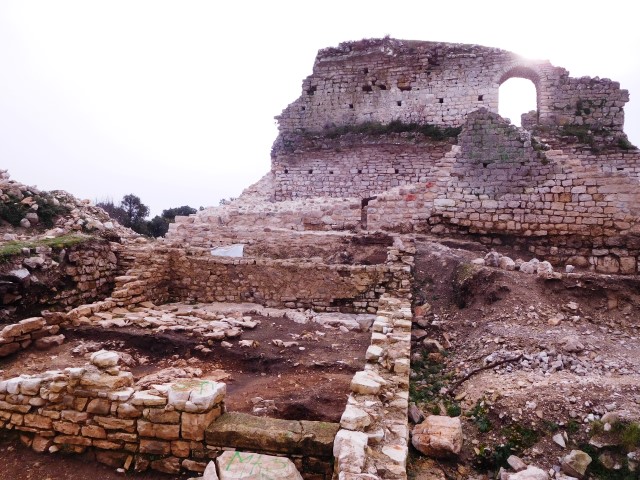
Date: 08-01-2018
Name: Kula Turnina
Place: Rovinj
Coordinates: 45.09409 N – 13.682422 E
This cave is situated about 1,3 kilometers north of Marčana and has several cave rooms and pits, interconnected by channels.
The cave is developed in the limestone of the cretaceous age (approximately 144 till 65 million years ago). This karst phenomenon was created by the action of water enriched with carbon dioxide that dissolved the mineral calcite in the limestone.
On basis of archaeological research in 1991 when the found ceramics and bones was concluded that people lived in the cave in the Neolithic age (about 10000 years BC) till the Bronze age (2nd millennium BC).
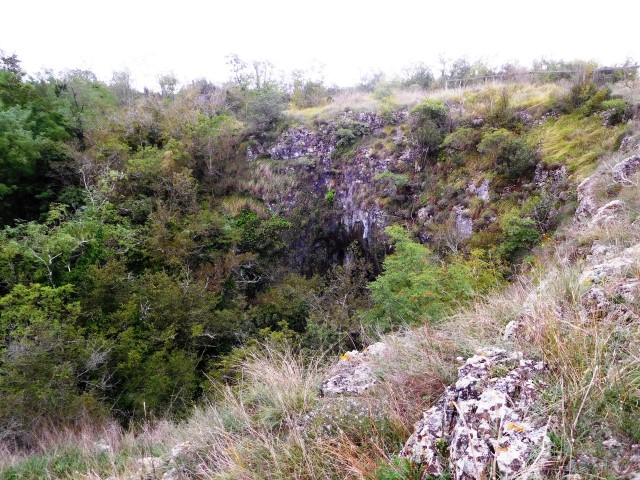
Name: Ljubičeva cava
Place: Marčana